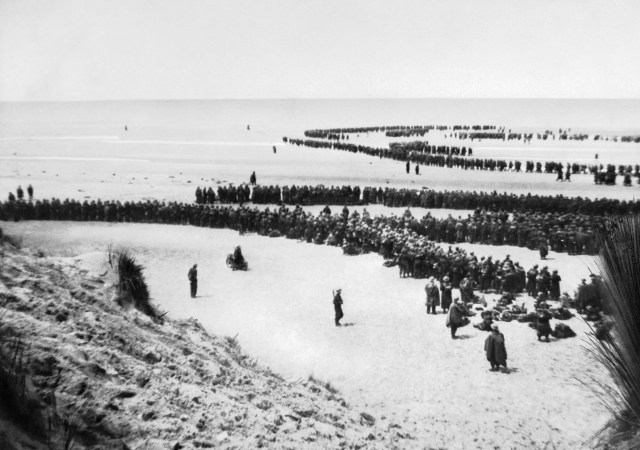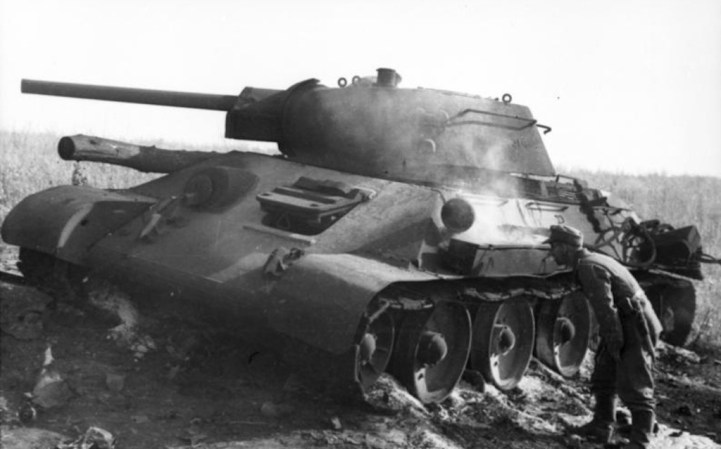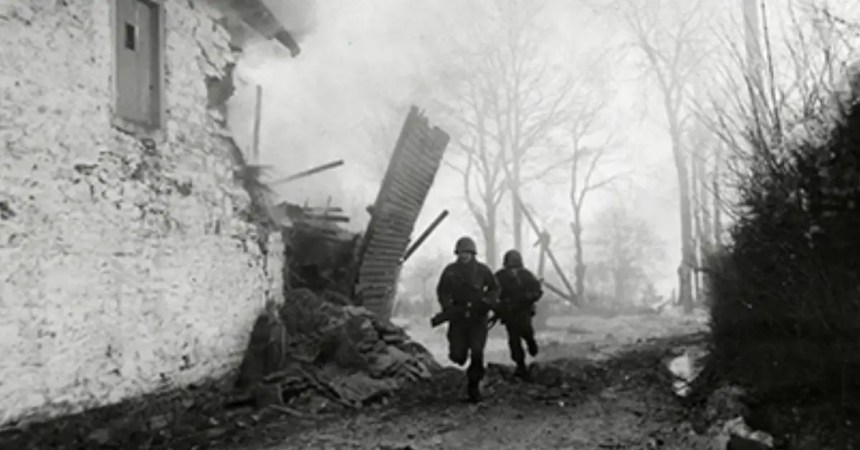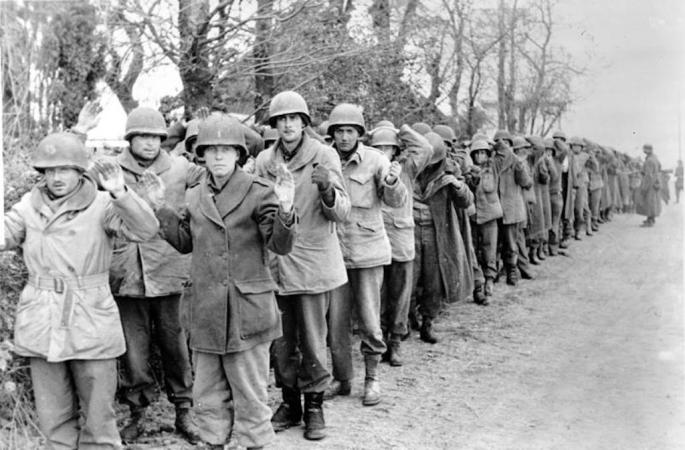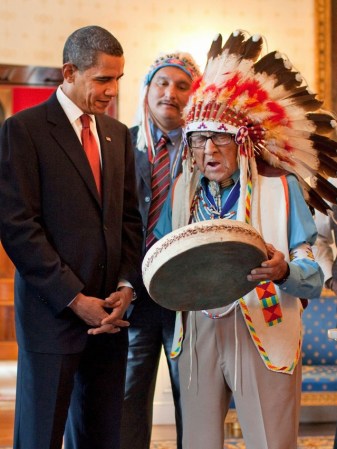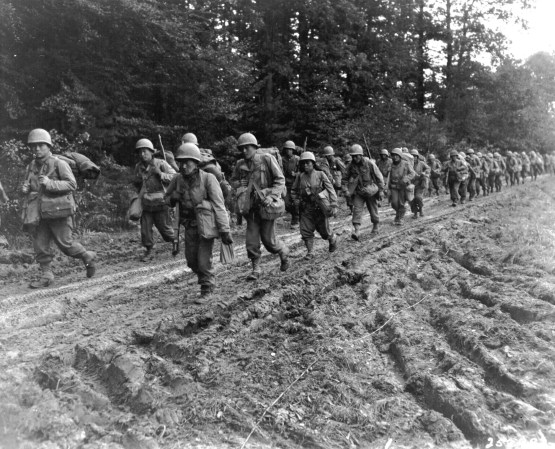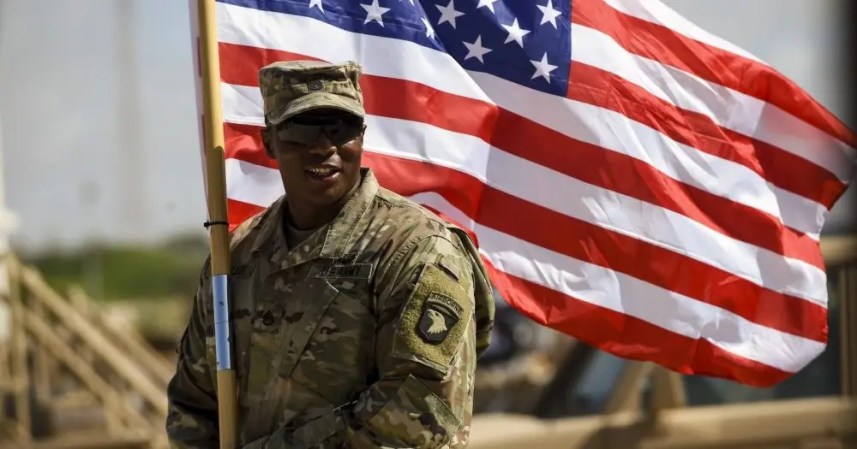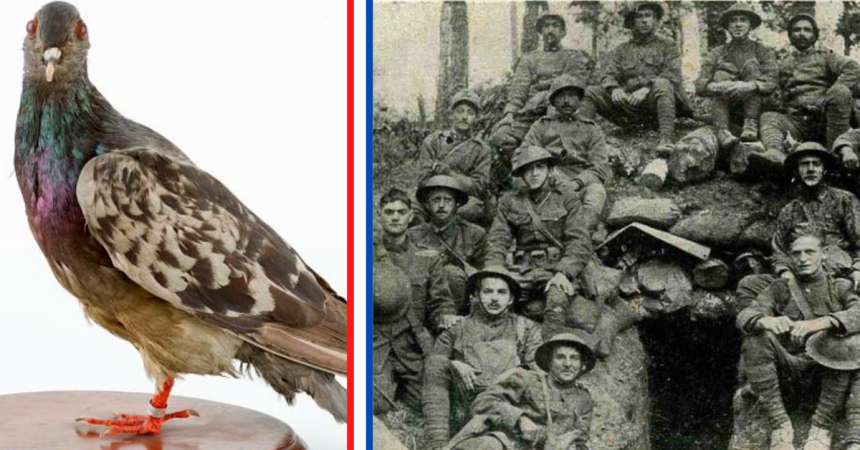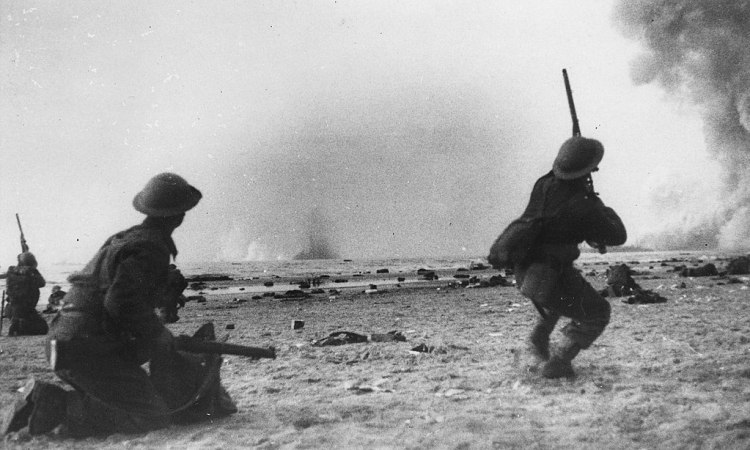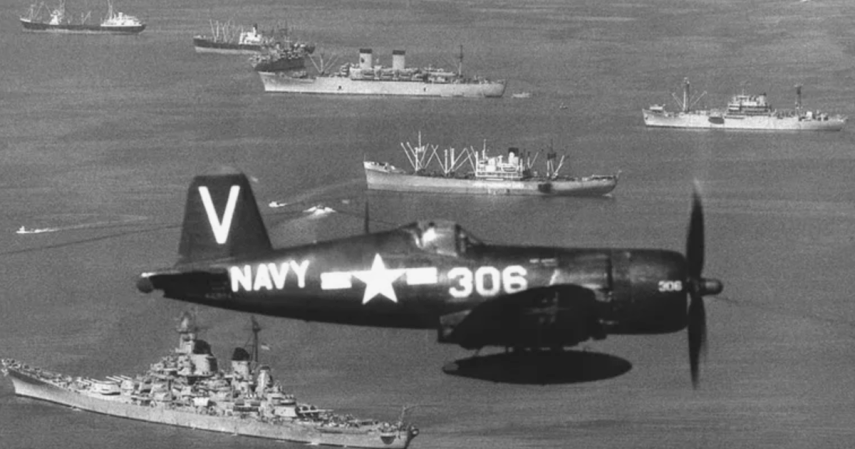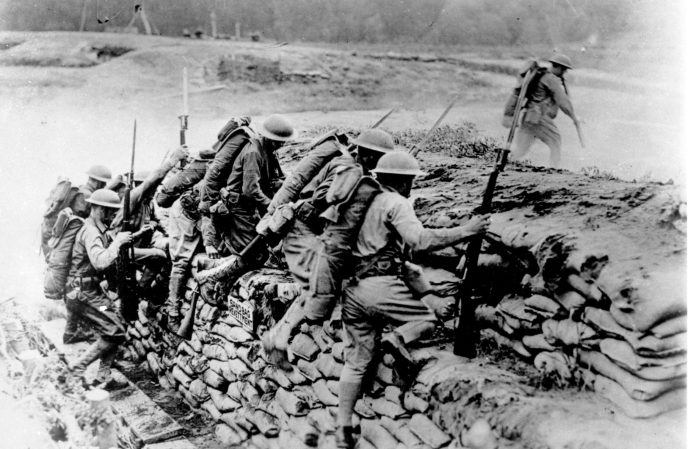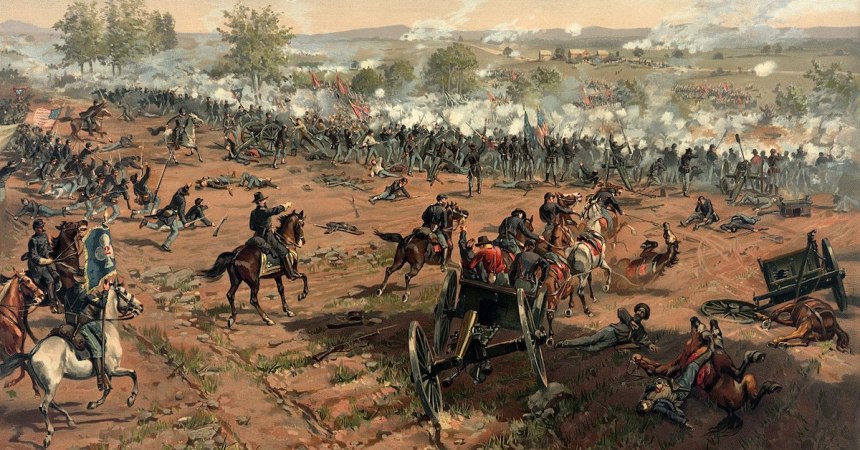The fight for the Hurtgen Forest was one of the most devastating battles of all World War II Europe and one of few the U.S. Army lost after landing at Normandy on D-Day. The relatively quick advance through France gave Allied commanders the drive to race to enter Germany. The pace was so fast, they outran their supply lines and had to take a pause – a pause that would result in the longest land battle in U.S. military history.
Having to wait for the Allied supply lines to catch up to the front gave the beleaguered Nazis the chance to regroup and settle down in one of Europe’s most dense and dark forests. It was a place the Army should never have entered.

To put it mildly, the forest was the ideal place to defend. As the summer was turning to fall, which would soon see winter, the dense wood would see snow and rain that would churn the dirt to mud. Dense forests, deep ravines, and steep hills also gave the German defenders the advantage in the forest. To top it all off, there were also abandoned and overgrown concrete bunkers, part of the old Siegfried Line of defensive fortifications throughout the forest – and that’s exactly what drove the Americans into the bunker.
So after they gave the Germans time to roll out the barbed wire, booby traps, and minefields, the Americans decided to assault the forest head-on in an attempt to be the first to fight and take the vaunted Siegfried Line and thus be the first to enter Germany.

The forest itself was 70 square miles and was situated between Aachen, a city under siege that would not surrender, and the Ruhr Dam along the Rhine, one the Allies were afraid the Nazis would just destroy in an attempt to flood the Allied advance. The Americans decided they would assault the forest directly, and swiftly neutralize the threat to the dam while ensuring the fall of Aachen. That did not happen.
American tanks and airpower were ineffective while fighting in the forest and the machine gun – which the Wehrmacht had in spades – was the most effective weapon, especially considering the difficulty seeing for any kind of distance, along with the hills and ravines throughout the forest. The Germans zeroed in their mortars before the Americans ever arrived. The Americans should never have engaged the forest at all.

The U.S. Army didn’t have to go into the woods. The Siegfried Line was being assaulted all along its perimeter. The debacle at Hurtgen cost anywhere from 30,000-50,000 casualties at a cost of just 28,000 German casualties. To make matters worse, the months slowdown in advancement allowed the Germans to break out in a winter offensive, an advance that would come to be known as the Battle of the Bulge.



